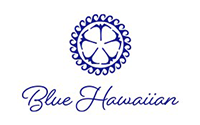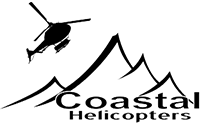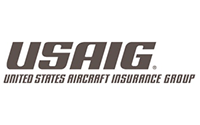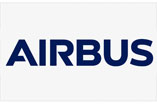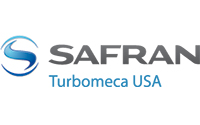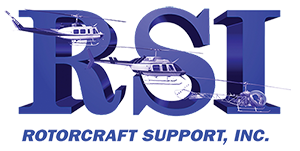About US
Mission & History
Our Mission: TOPS works as a collaborative team to develop air tour safety standards and recommended practices that are progressive, best-in-class and exceed regulatory standards.
TOPS history: In 1993, the need for safety programs specifically geared for the air tour industry became evident. Although helicopter tour operations had a good safety record, the flight-seeing industry was then experiencing growing pains. Accidents that may have been avoided, and media sensationalism that poorly depicted the helicopter tour industry, incorrectly portrayed the tour industry as unconcerned with public safety. Several leading providers of helicopter tours met informally during this time to exchange views on how to improve the situation.
Following discussions within the forum of the Helicopter Association International (HAI), a Helicopter Tour Operators Committee (HTOC) was formed. After several meetings of the HTOC, it was agreed that a program should be developed to serve the special needs of the helicopter tour operators, and to address the public’s concern about helicopter tour safety.
The tour operators, in coordination with several of the standing committees of the HAI, drafted a detailed safety program that was to become the principal guideline for TOPS. This program incorporated the expertise and experience of those who know the industry best: the air tour operators and the manufacturers of the air tour equipment.
In 1995, a draft of the prospective TOPS Program of Safety was presented to and well received by the Federal Aviation Administration (FAA) and the National Transportation Board (NTSB).
TOPS was incorporated in January 1996 as an independent, non-profit organization, and the Program of Safety was implemented at that time. For the first time, there was an organization, TOPS, that was dedicated solely to further enhancing the safety of all aspects of helicopter tours.
The TOPS Program of Safety continues the tradition of innovation in the area of continuous improvement of air tour safety by incorporating a requirement for Safety Management System (SMS) programs for all member operators. The organization has a robust safety culture that includes sharing of lessons learned for continuous safety improvement and by providing recommended practices that are best-in-class and exceed regulatory requirements.

